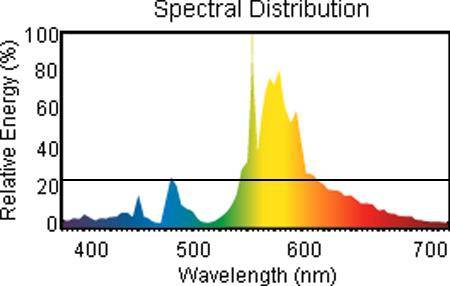Alright guys were getting some heat regarding posts about these new led's and would like to ask that ALL OF YOU keep an open mind about this new technology until the test that are coming up are ran.
This business lady paid good money to be here and we don't need anymore hating until we know what they are all about. She has been kind enough to select a few LOCAL folks to test them to show YOU THE GROUP if they work or not. Let's be civil let's be nice and embrace what's about to happen as compared to wasting space with BS rants.
Thank You
And Have A Nice Day
Mr.Wags
This business lady paid good money to be here and we don't need anymore hating until we know what they are all about. She has been kind enough to select a few LOCAL folks to test them to show YOU THE GROUP if they work or not. Let's be civil let's be nice and embrace what's about to happen as compared to wasting space with BS rants.
Thank You
And Have A Nice Day
Mr.Wags




